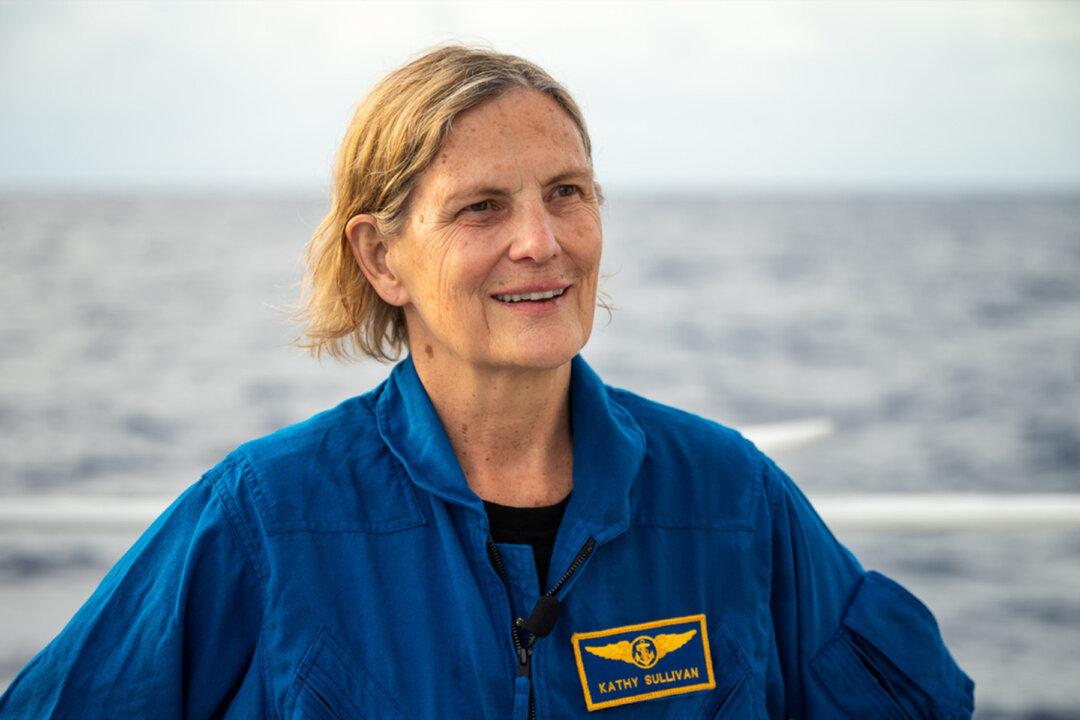America’s first female spacewalker has made history yet again, this time by becoming the first woman to dive to the lowest known point on Earth, known as Challenger Deep, in a submersible expedition vehicle.
Former NASA astronaut and oceanographer Kathryn Sullivan, 68, returned from Challenger Deep, located in the western Pacific, on June 7. She and her pilot, ex-Naval officer Victor Vescovo, dove almost 36,000 feet into the Pacific Ocean’s Mariana Trench off the coast of the Philippines in the submersible DSV Limiting Factor. The dive was organized by EYOS Expeditions.





